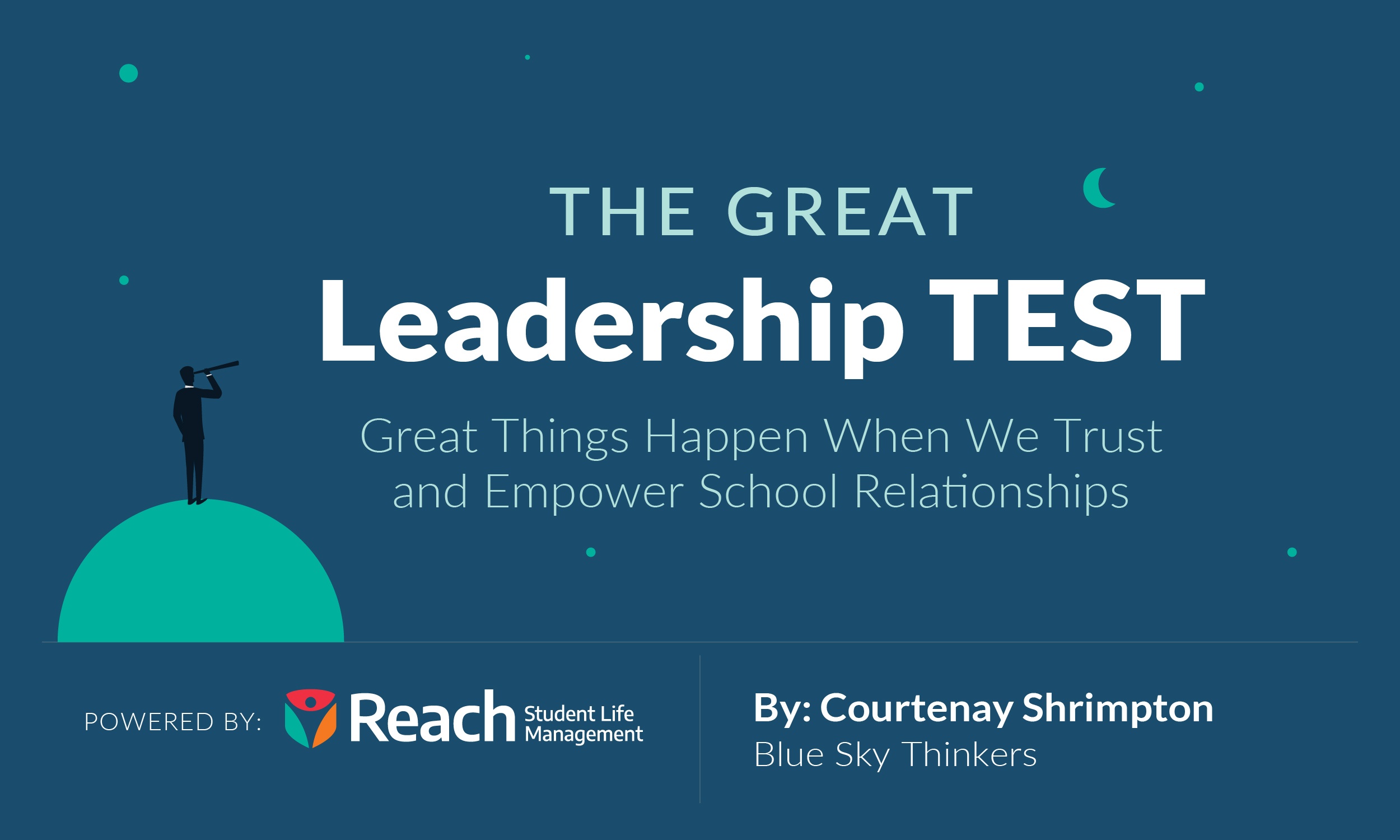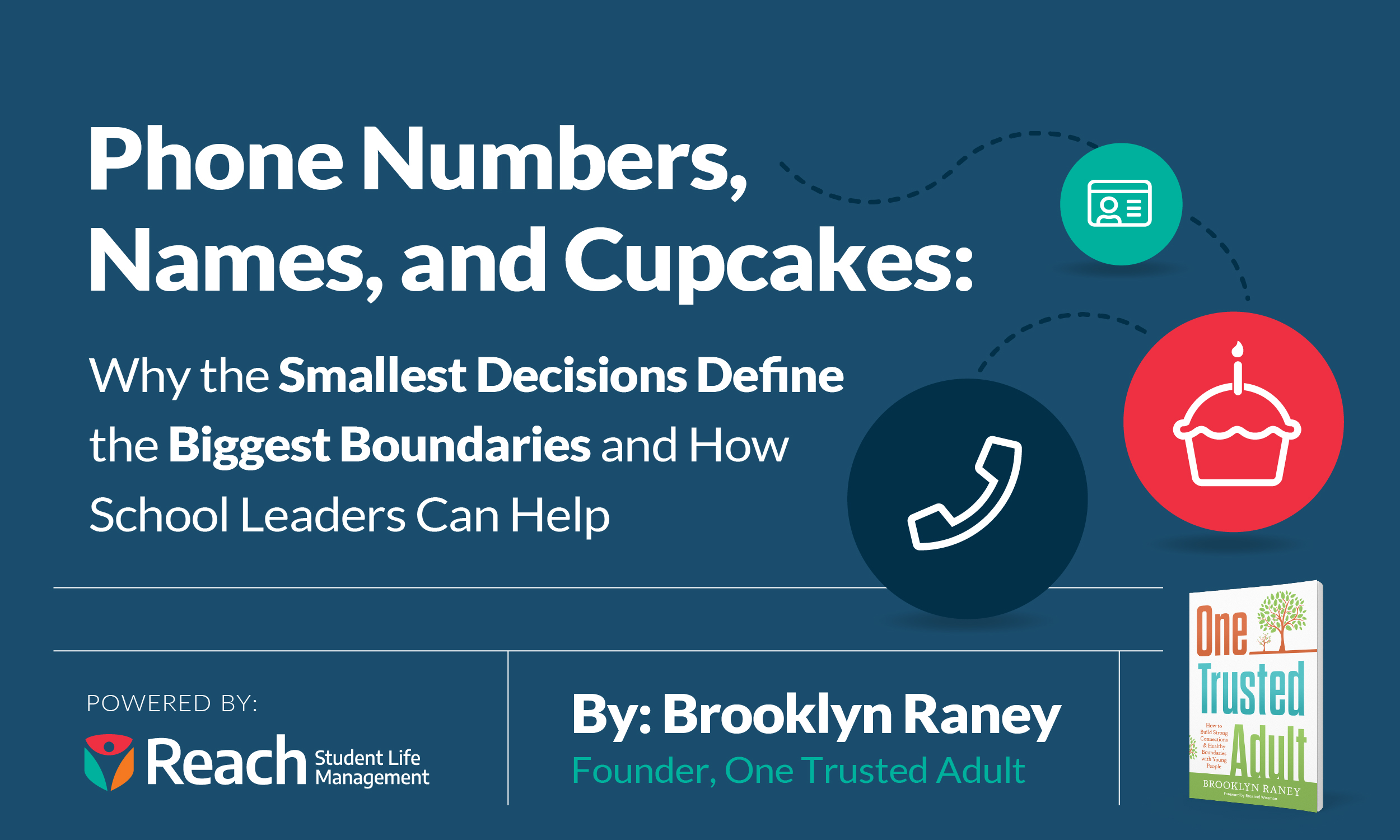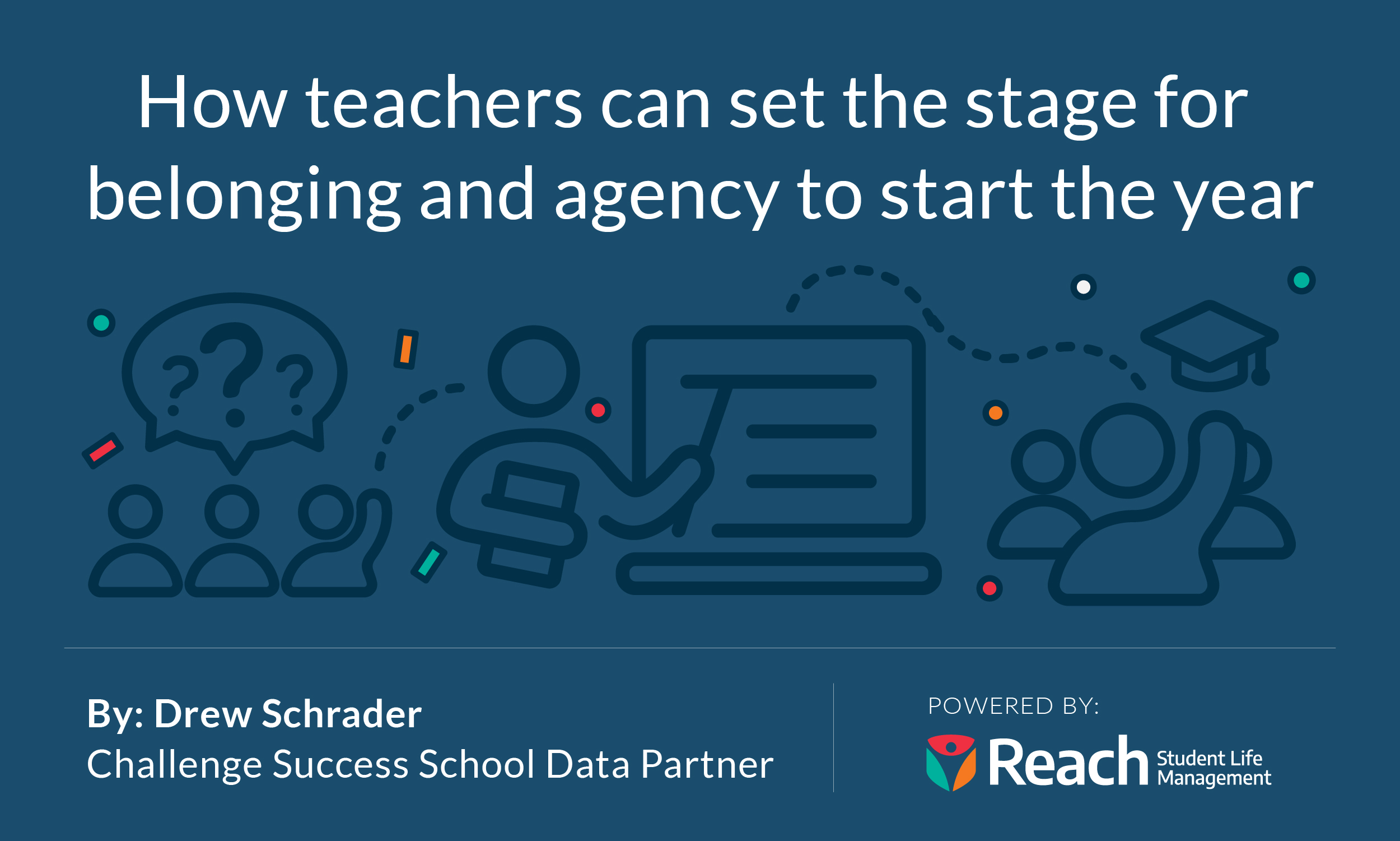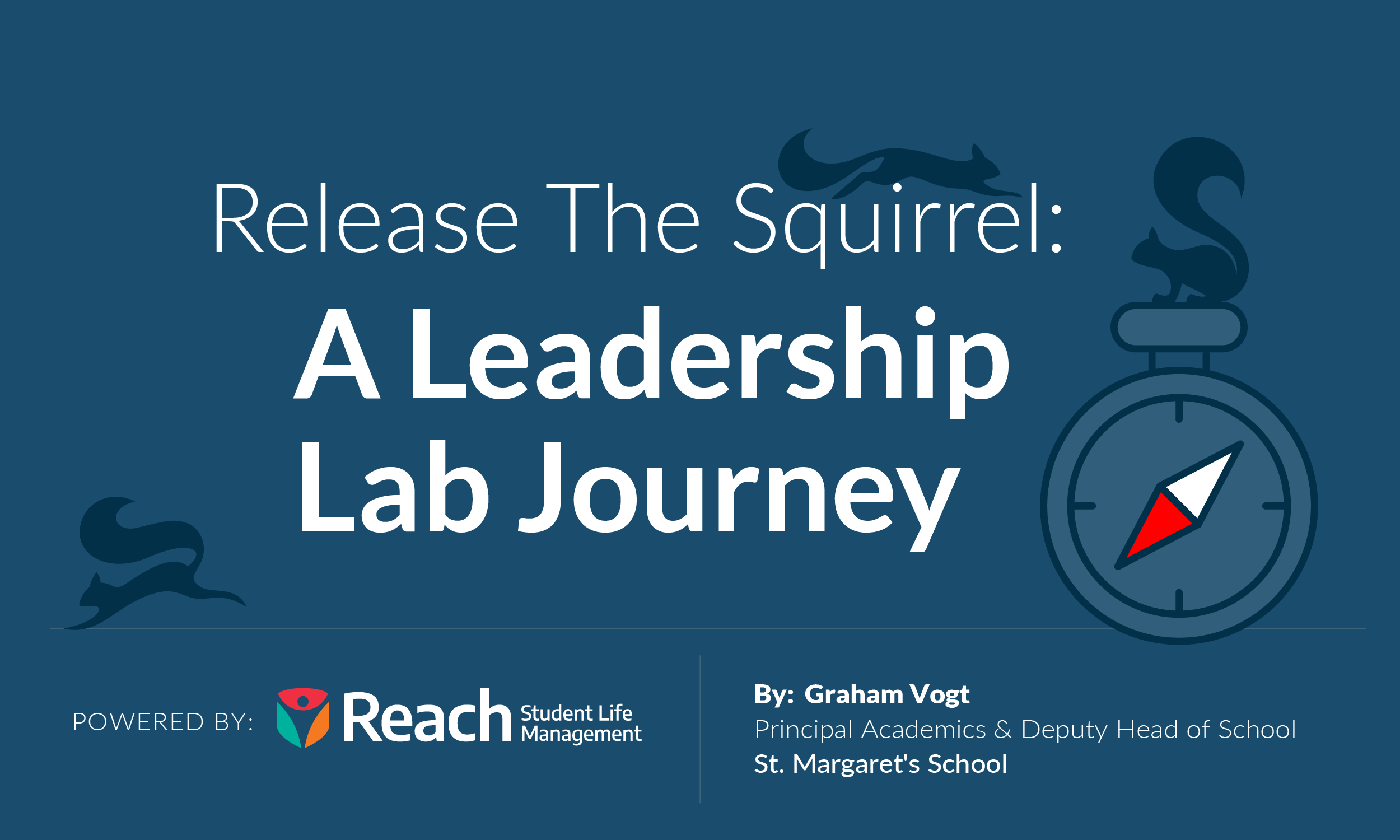Great Things Happen When We Trust and Empower School Relationships
Trusting and Empowering student leaders in our community
I’m not sure how many times I have heard the expression “but what do they actually do” when it comes to student leadership groups. The ongoing and ever-present questioning in schools of “why are these kids in positions of responsibility if they don’t do anything”. The bigger and more important question should be “what do we actually let them do?”. Too often adults get in the way when adults or the school dictate a very limited parameter of things that student leaders can do. Just as importantly, the school doesn’t actually give them time to do something of value. How many schools have leadership group meeting once a week for 30 minutes, meetings at lunch breaks. No one can accomplish anything in that time. I would love to engage educators in a conversation about trust and empowerment of student leadership and letting them decide what they want to accomplish. Too often their tasks are pre-set, and traditional because “that’s just how we do it”. How do we reframe student leadership by asking them to come up with a vision for their opportunities and then make our sole job be supporting them in their work. Empowerment and Trust.

Trusting and Empowering adult leaders in our community
Over my 30 years in education, it became quite clear to me (unfortunately it took far too long!) that there were so many people with ideas, inspiration and energy for greatness that all I needed to do was to shift my own locus of control. Getting past the ego-centric idea that as an administrator all good things only came from my/our leadership and instead beginning to frame every conversation with re-focusing on anyone who had an idea and re-framing to “How can I/we help” This meant people in the organization became inspired to consider what greatness looked like for the institution, how they could help get us there, and that that they would be supported in their passions. In the long run, the school was so much better off when many people were working to make the place better, as opposed to a top-down model. As I greeted people in my office (door wide-open, but that’s another story) I believe a culture of empowerment and trust developed where all ideas were welcomed and anyone who wanted to explore their passion for something were supported. Empowerment and Trust.

Trusting and Empowering all in our community for Strategic Thinking
In 2017, at St. Andrew’s Colege (Aurora, Canada) we concluded a twelve-month Strategic Plan process that had at its core, examining the “Future of Education” as we framed it, and provided the opportunity to “Blue Sky” about what that future would look like. Unlike many Strategic Plans which entail a Board Retreat for a few days, surveying and focus groups (which we had as well), we decided that there were so many people in our community who had thoughts, ideas and a vision for what education should look like. Through that “Blue Sky” process we trusted and empowered the people in our community, parents, alumni, and faculty and staff and trusted them to help us create a vision for the school’s future. Community members were invited to “Blue Sky” evenings, two of them, to listen to presentations on the future of education and rather than being passive receptacles of others knowledge, we challenged them to provide us with their thoughts. The result was that our community gave us 360 different “exit tickets” of ideas for what our future of education should look like. Separately, we empowered our Faculty throughout the year, trusting that these were the people who understood education best, and they worked through a process of designing their ideal school (School Design Challenge) over the course of eight months. These reports and presentations were a rich treasure trove of forward-thinking ideas about education that demanded strong consideration for our next vision for the school. More than anything however, when we launched our strategic plan, because people had been empowered and trusted, they were keen and eager to start building what they had passionately provided the school as ideas for the future.
Distributed Leadership is one thing, but without Empowerment and Trust, we will never get to the core of human and institutional potential. For me, these are two pillars of The Great Leadership TEST (Trust and Empower) stay tuned for the next two!
Who is Courtenay Shrimpton
Blue Sky Thinkers – LEADERSHIP CONSULTING AND STRATEGIC THINKING
Courtenay has been a leader in Independent Education and has held positions of leadership for the last 30 years. His mantra for life is “Find Joy”.
From the moment Courtenay began his career he has driven new program development. From Student Leadership models, to Advisory Programs, Maker Spaces and Arts-Co-curricular initiatives. He has a passion for boarding schools and student life programming. Courtenay’s later career saw him formally take on Strategic Development as a portfolio and executed on two significant Strategic Planning processes while at SAC. Wellness, and Construction Management became part of his later priorities while continuing to drive the operational side as Deputy Head.





